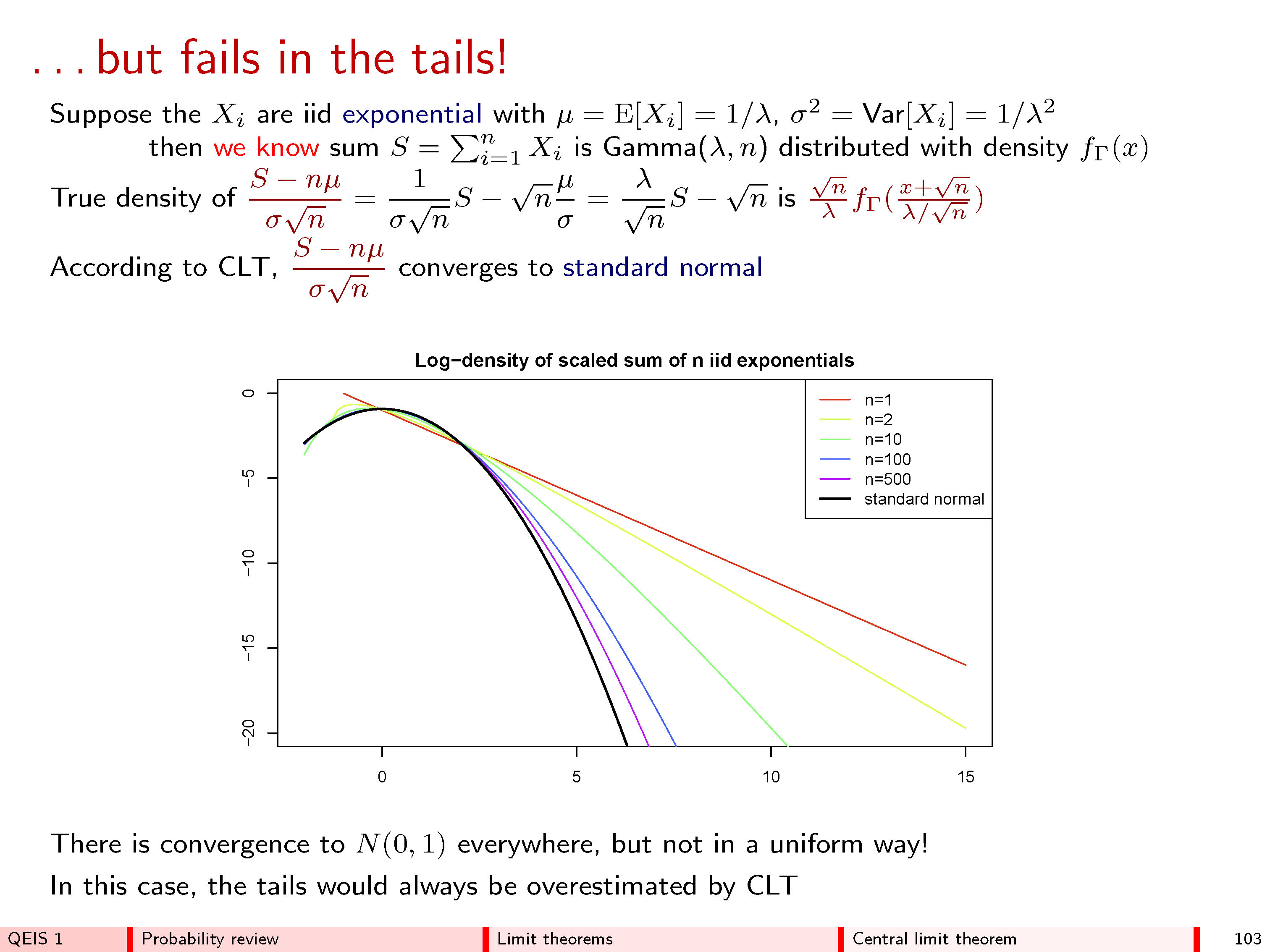A basic intuition about the CLT may be the following. When you have a sum $$ S = X_1 + X_2 + \ldots + X_n $$ of a lot of random components, if one is "smaller than usual" then this is mostly compensated for by some of the other components being "larger than usual". In other words, negative deviations and positive deviations from the component means cancel each other out in the summation. The deviations that remain form a distribution that "looks" more and more normal the more terms you have. This normality is a mathematical artifact and I think it is not useful to search for any deeper truth or intuition behind it.
The sum's distribution however, never really is normally distributed, nor does the CLT claims that it would be. If $n$ is finite, there is still some distance to the normal distribution and if $n=\infty$ both the mean and the variance are infinite as well. In the latter case you could take the mean of the infinite sum, but then you get a deterministic number without any variance at all, which could hardly be labelled as "normally distributed".
This may pose problems with practical applications of the CLT. Usually, if you are interested in the distribution of $S/n$ close to its center, CLT works fine. However, convergence to the normal is not uniform everywhere and the further you get away from the center, the more terms you need to have a reasonable approximation.
With all the "sanctity" of the Central Limit Theorem in statistics, its limitations are often overlooked all too easily. Below I give two slides from my course making the point that CLT utterly fails in the tails, in any practical use case. Unfortunately, a lot of people specifically use CLT to estimate tail probabilities, knowingly or otherwise.


